02 Fourteenth-Century Europe II: Christianity, the Church, the Papacy
Importance of Christianity and Church in Renaissance Europe
- Numerically: most Europeans were Christians. Some Jews, fewer Muslims
- Christian religion, Church organization built into political, social structure
1300 Major issues to consider
- What is “the Church” anyway? Who are the clergy?
- What was the papacy?
- what were the big issues in religious thought, reform?
ECCLESIA: “The Church”
Took shape after Constantine, 4th c
social welfare for members
hierarchy: apostolic succession
church organization parallel to Roman bureaucracy
Sacraments: divine actions in this world
14th c: Organization of clergy
- complications: lines of authority. secular, regular clergy
- religious, lay political powers
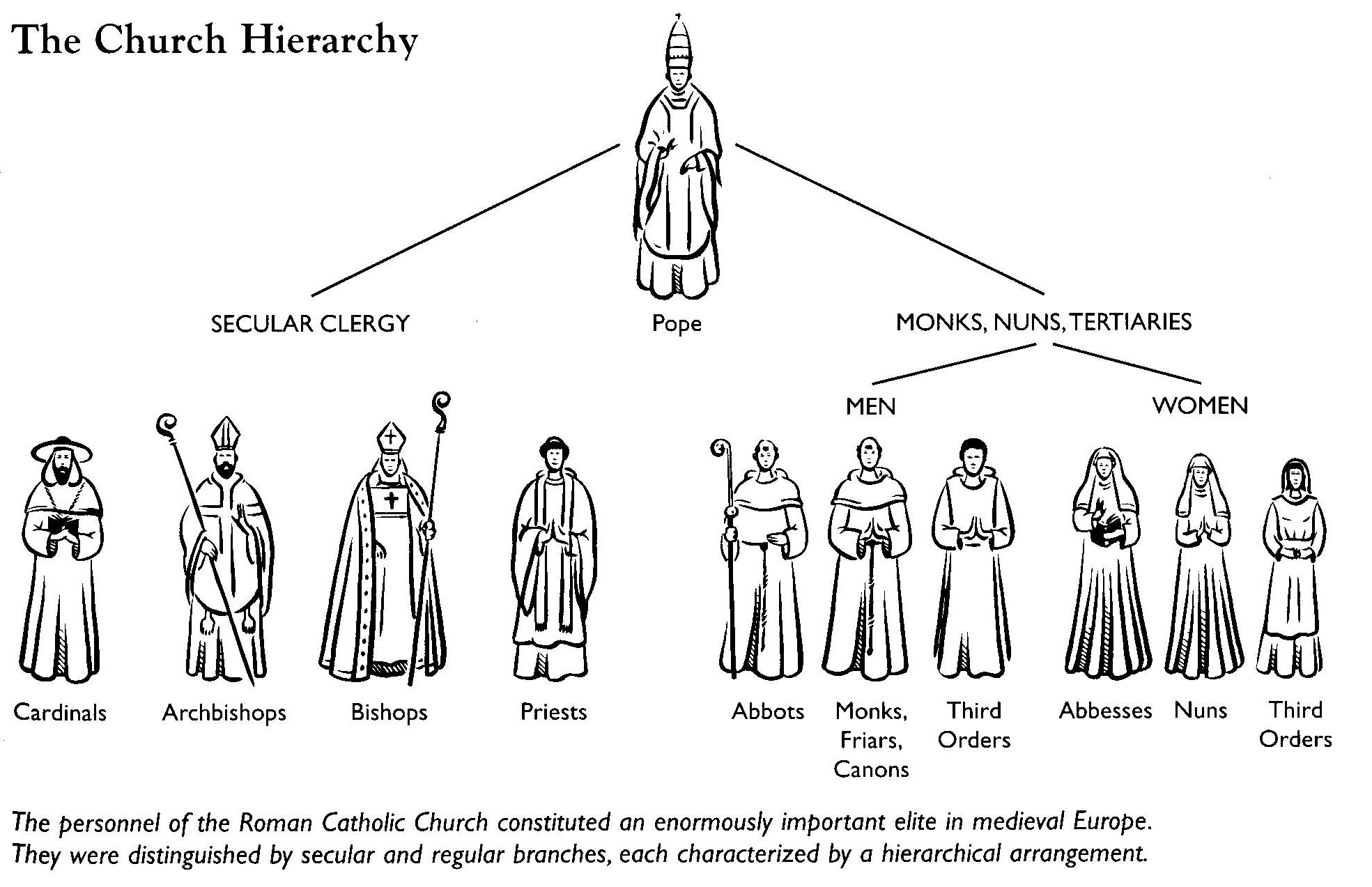
CANON LAW
Financial support:
Fief or Benefice
problems:
- Pluralism (one person holding many benefices)
- absenteeism, daily duties exercised by a substitute (vicar)
- lay political connections
- taxation and political leaders
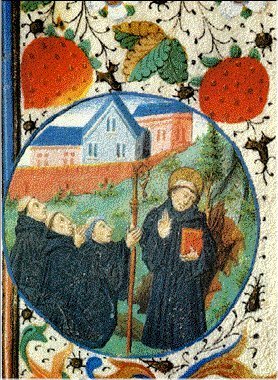 |
Regular clergyBenedictine OSB Cistercians Carthusians Crusades: Templars, Hospitalers, etc. Friars |
Franciscans (OFM)
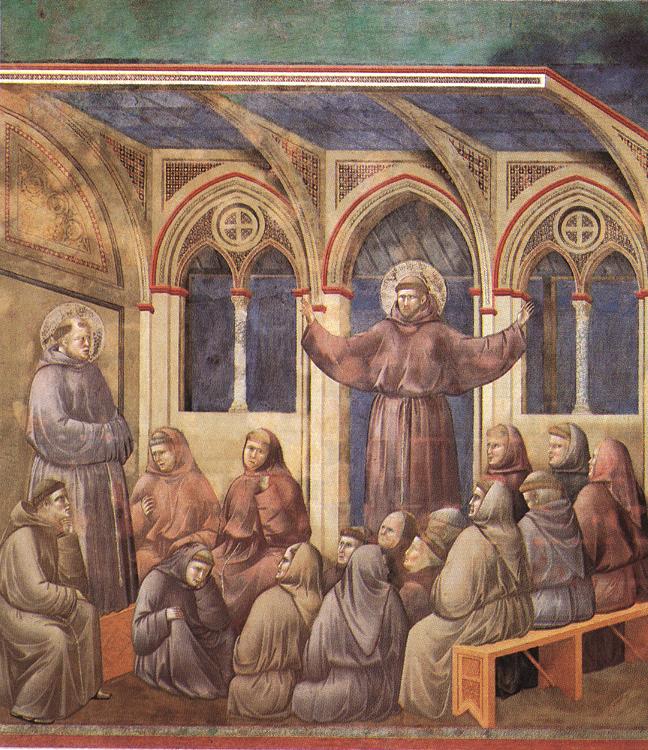
Giotto, Legend of St. Francis: Apparition at Arles, 1297-1300
Fresco, Upper Church, San Francesco, Assisi
Dominicans (OP)

Francesco Traini, Triumph of St Thomas Aquinas c. 1340
Pisa Santa Caterina
Papacy: Babylonian Captivity, Schism
St. John Lateran
College of Cardinals
religious practice
diplomacy
Crusades
political power on Italian peninsula
14c crises
“Babylonian Captivity” (1303-73): Avignon
Boniface VIII (1294-1303)
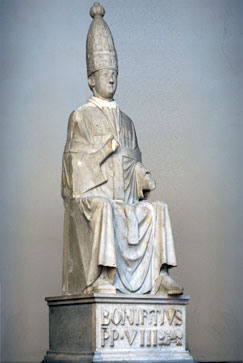
Boniface VIII, Arnolfo di Cambio, Museo dell’Opera del Duomo, Florence
Clement V (1305-14)
Avignon Papacy (“Babylonian Captivity”) 1309-77)
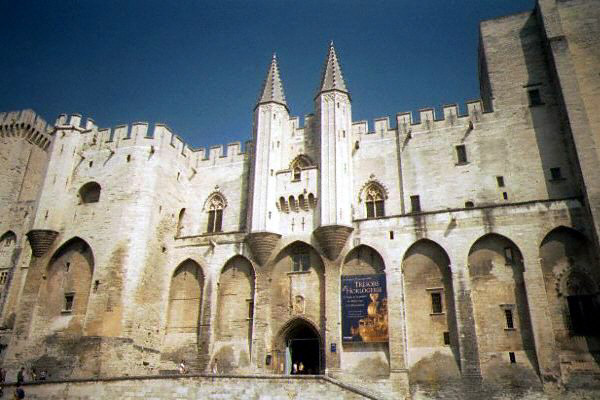
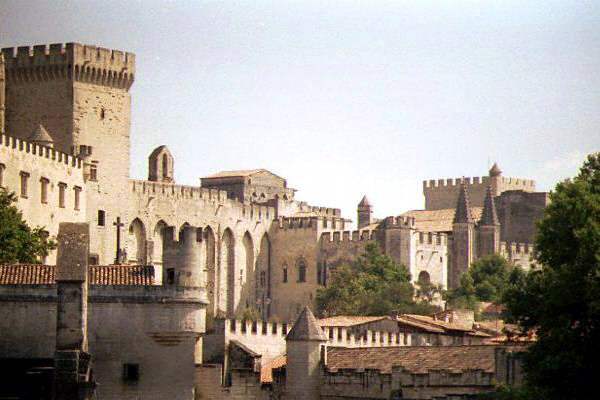
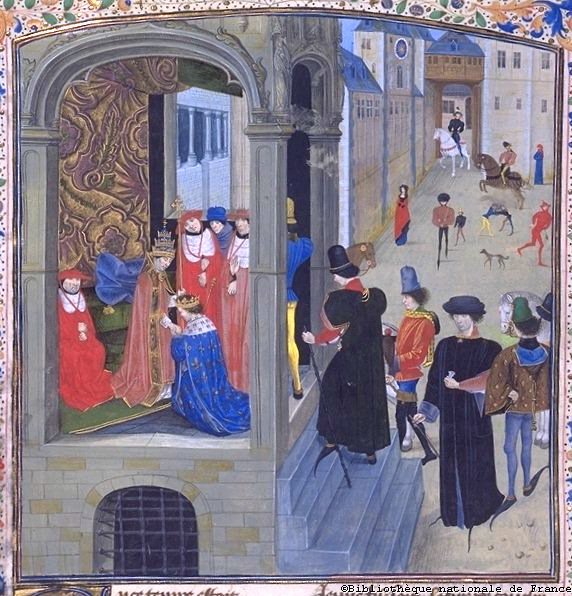
Avignon, before Pope Clement VII. (BNF, FR 2646)
Jean Froissart, Chronicles fol. 14v; Flandres, Bruges 15th Century.
Great Schism (1378-1417)
Gregory XI
Urban VI
Clement VII
Conciliar Movement (Councils)
1409 Council of Pisa
1414-17 Council of Constance
Martin V
Belief and practice
Standards for clergy
Standards for laity
“lay piety”
confraternities
Tertiaries
contemplation and inner life
